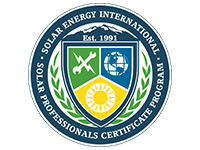Go Solar with Your Company
Take control of energy costs, reduce your environmental impact, and gain energy independence with commercial solar solutions tailored for businesses in Connecticut, Rhode Island, and Massachusetts. At NRSC, we provide high-quality commercial solar panel installations backed by our licensed and certified renewable energy experts. From planning and design to financing and installation, we guide you every step of the way.
Every business and building is unique. If your roof isn’t ideal for solar, we’ll let you know—because transparency and honest recommendations are at the core of what we do.








